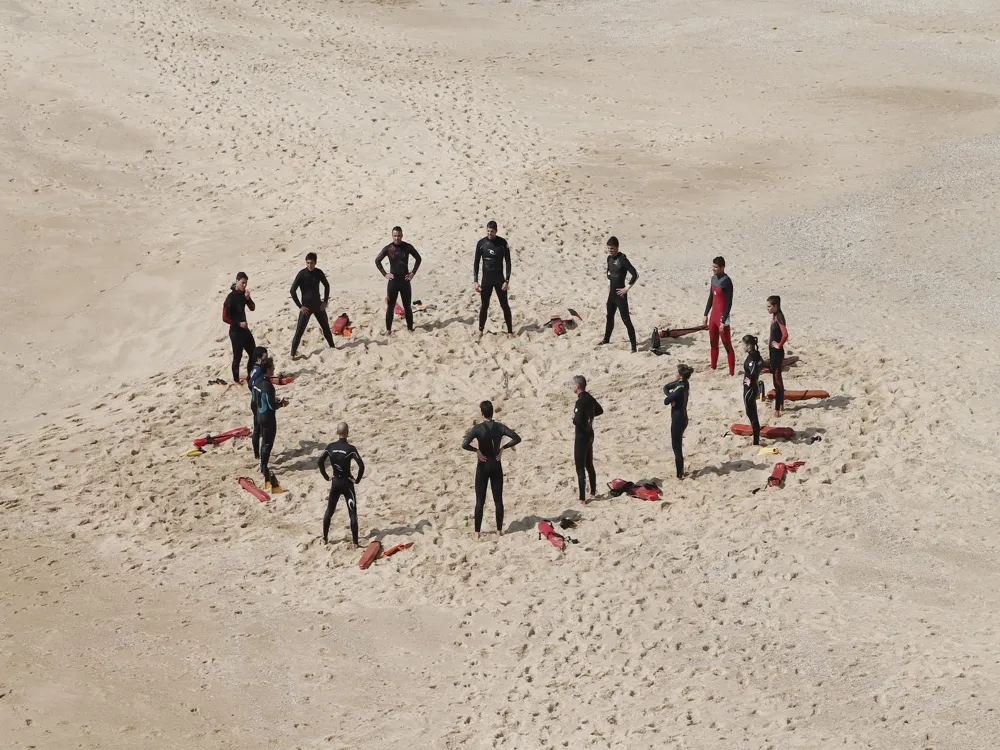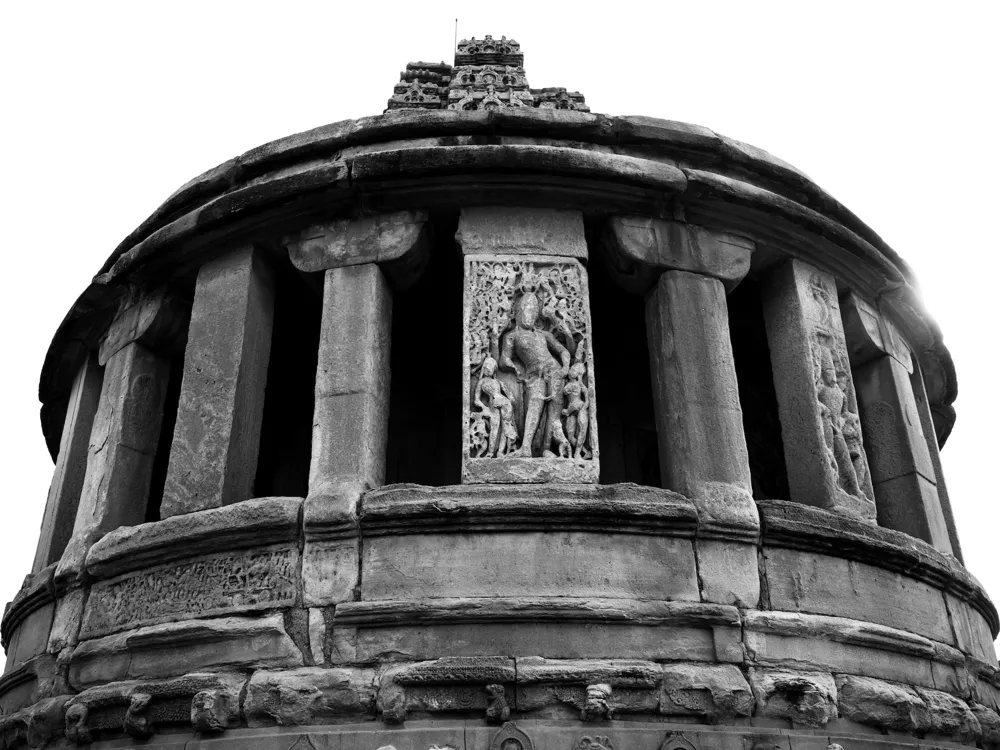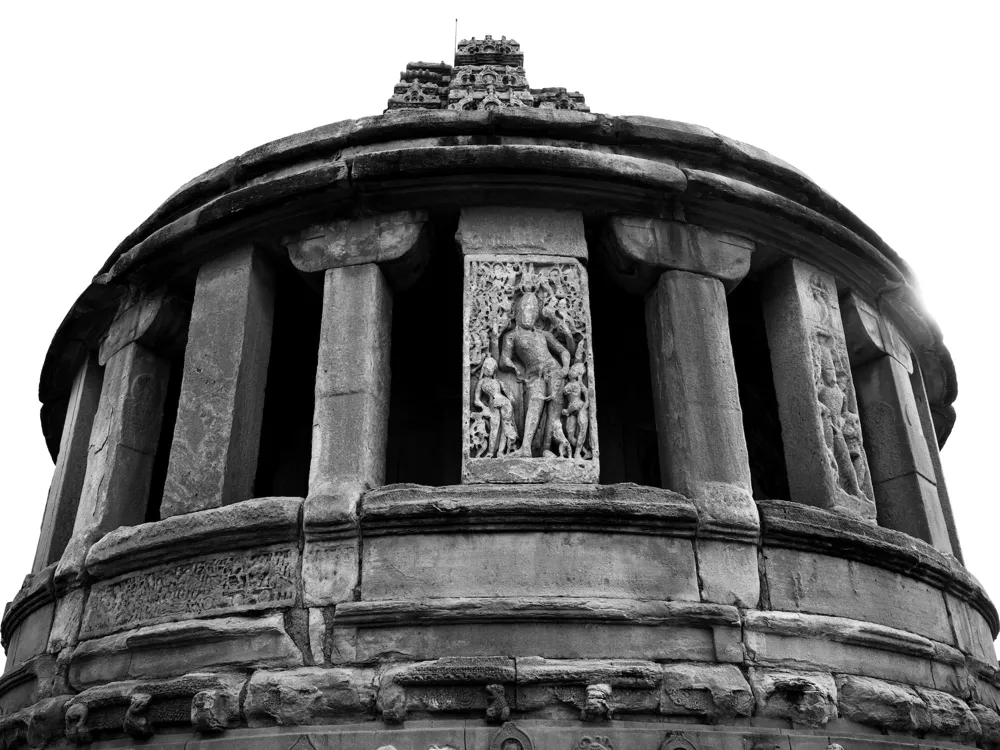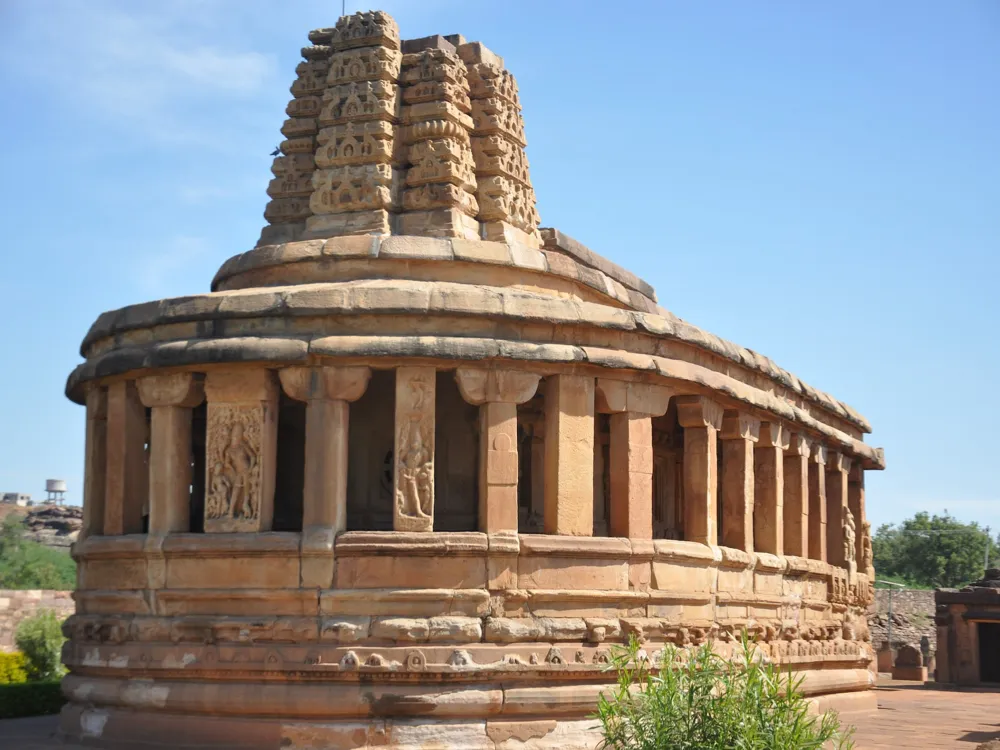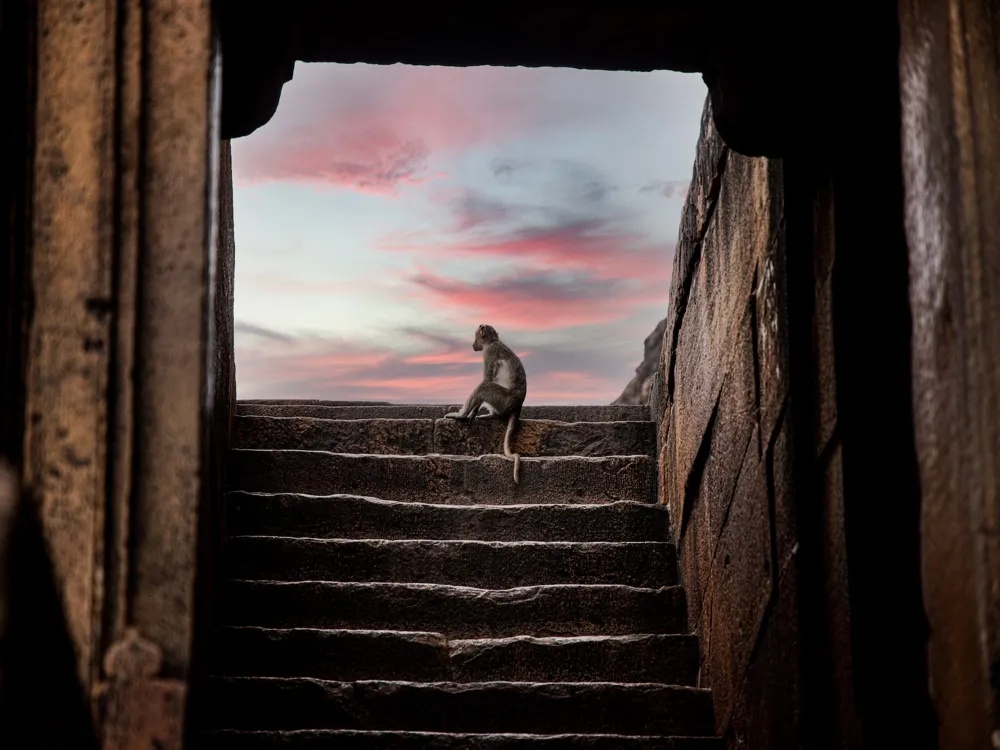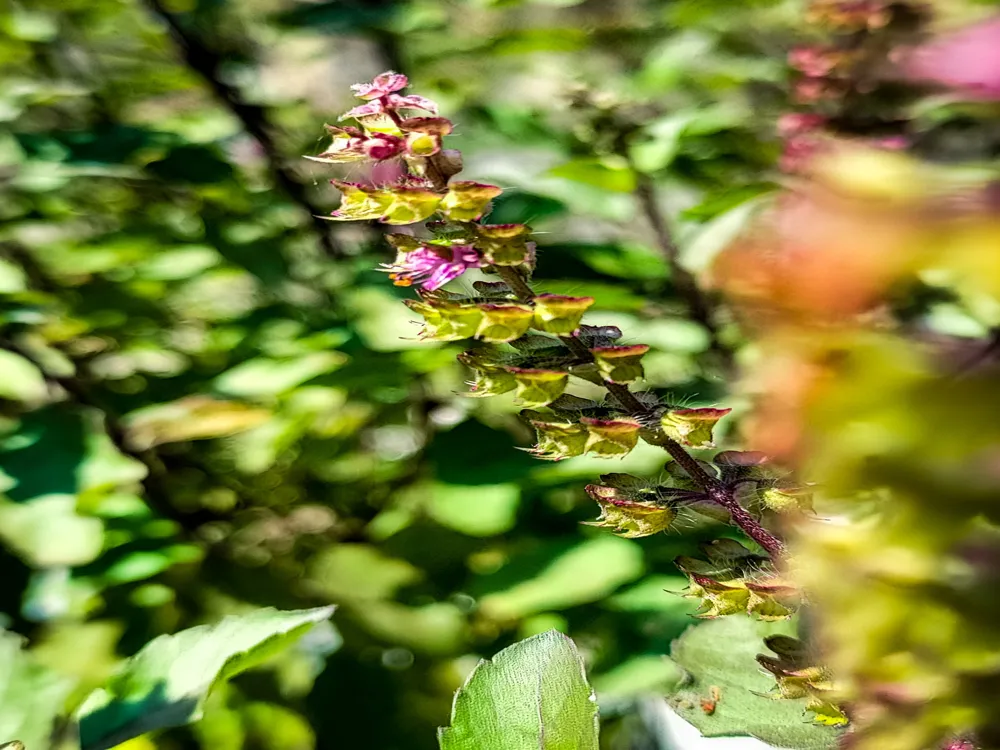The Chikkigudi group in Aihole, Karnataka, is a magnificent example of ancient Indian architecture and a significant testament to the country's rich cultural heritage. Located in the Bagalkot district of Karnataka, Aihole is renowned for its historical and archaeological significance, often referred to as the 'Cradle of Hindu Rock Architecture'. The Chikkigudi group, comprising various temples and structures, stands out for its unique architectural designs and historical importance. This region was once the heart of the Chalukyan empire, which ruled from the 6th to the 8th century. The Chikkigudi group is part of over 120 stone and cave temples spread across Aihole, showcasing a variety of architectural styles that evolved over centuries. These temples depict a blend of Dravidian and Nagara styles, characteristic of early and medieval Indian architecture. The intricate carvings, detailed sculptures, and innovative layout of these structures reflect the advanced artistic and engineering skills of their creators. Among the prominent structures in the Chikkigudi group, the Lad Khan Temple deserves special mention. It displays a fusion of temple and residential architectural styles, with a stone roof that resembles wooden logs. Another notable temple is the Huchimalli Temple, which features a unique underground Shiva linga. The Ravanaphadi cave is a masterpiece of rock-cut architecture, with exquisite carvings of Hindu deities and mythological scenes. The architecture of the Chikkigudi group in Aihole is a vivid portrayal of the artistic and cultural zenith reached during the Chalukyan period. Each temple in the group represents a unique architectural style, making it a diverse and fascinating study for historians and architecture enthusiasts alike. The structural design of these temples shows a blend of various architectural elements that were prevalent during the Chalukyan era. The Lad Khan Temple, for example, showcases a Shikhara (tower) that is reminiscent of the early stages of Hindu temple architecture. The temple's layout includes a Garbhagriha (sanctum sanctorum), a Mandapa (hall), and a porch. It's interesting to note the transformation from a flat-roofed structure to a more sophisticated Shikhara style in later temples. The Durga Temple is another architectural marvel, famous for its apsidal end, resembling the Buddhist chaitya. The temple's gallery is adorned with numerous carvings depicting scenes from Hindu mythology. The Huchimalli Temple introduces an evolution in temple architecture with its raised platform and the inclusion of a Mukha Mandapa (entrance hall). The ideal time to visit the Chikkigudi group is from October to March when the weather is pleasant, making it comfortable to explore the temples and their intricate details. Visitors are encouraged to respect the sanctity of these ancient structures. Avoid touching the sculptures and carvings, as they are delicate and of great historical importance. While photography is allowed, it's advisable to use natural light for the best shots. Flash photography can be harmful to the ancient carvings. Aihole is well-connected by road and is easily accessible from major cities in Karnataka. The nearest airport is in Belgaum, about 150 kilometers away, while the closest railway station is in Bagalkot, approximately 34 kilometers from Aihole. Regular buses and taxis are available from these points to reach the Chikkigudi group. Read More:Overview of Chikkigudi Group of Aihole, Karnataka
Architecture of Chikkigudi Group
Tips When Visiting Chikkigudi Group
Best Time to Visit
Respecting the Heritage
Photography Tips
How To Reach Chikkigudi Group
Chikkigudi group
Aihole
Karnataka
NaN onwards
View aihole Packages
Aihole Travel Packages
View All Packages For Aihole
Top Hotel Collections for Aihole

Private Pool

Luxury Hotels

5-Star Hotels

Pet Friendly
Top Hotels Near Aihole
Other Top Ranking Places In Aihole
View All Places To Visit In aihole
Faq on Aihole
What is the Chikkigudi group in Aihole?
The Chikkigudi group in Aihole refers to a cluster of ancient Hindu temples dating back to the 7th and 8th centuries CE, located in the town of Aihole in the Bagalkot district of Karnataka, India.
How many temples are there in the Chikkigudi group?
The Chikkigudi group comprises a total of five temples, each displaying unique architectural features and intricate carvings.
Who built the Chikkigudi temples in Aihole?
The exact builders of the Chikkigudi temples are not definitively known, but they are believed to have been constructed during the reign of the Chalukya dynasty, particularly during the rule of King Pulakeshin I.
What is the architectural style of the Chikkigudi temples?
The Chikkigudi temples exhibit a blend of Dravidian and Nagara architectural styles, characterized by their simple yet elegant structures, intricate carvings, and ornate pillars.
What are the notable features of the Chikkigudi temples?
Some notable features of the Chikkigudi temples include their intricate sculptures depicting various Hindu deities, finely carved ceilings, and unique shikhara (tower) designs.
View aihole Packages
Aihole Travel Packages
View All Packages For Aihole
Top Hotel Collections for Aihole

Private Pool

Luxury Hotels

5-Star Hotels

Pet Friendly
Top Hotels Near Aihole
Other Top Ranking Places In Aihole
Faq on Aihole
What is the Chikkigudi group in Aihole?
The Chikkigudi group in Aihole refers to a cluster of ancient Hindu temples dating back to the 7th and 8th centuries CE, located in the town of Aihole in the Bagalkot district of Karnataka, India.
How many temples are there in the Chikkigudi group?
The Chikkigudi group comprises a total of five temples, each displaying unique architectural features and intricate carvings.
Who built the Chikkigudi temples in Aihole?
The exact builders of the Chikkigudi temples are not definitively known, but they are believed to have been constructed during the reign of the Chalukya dynasty, particularly during the rule of King Pulakeshin I.
What is the architectural style of the Chikkigudi temples?
The Chikkigudi temples exhibit a blend of Dravidian and Nagara architectural styles, characterized by their simple yet elegant structures, intricate carvings, and ornate pillars.
What are the notable features of the Chikkigudi temples?
Some notable features of the Chikkigudi temples include their intricate sculptures depicting various Hindu deities, finely carved ceilings, and unique shikhara (tower) designs.







